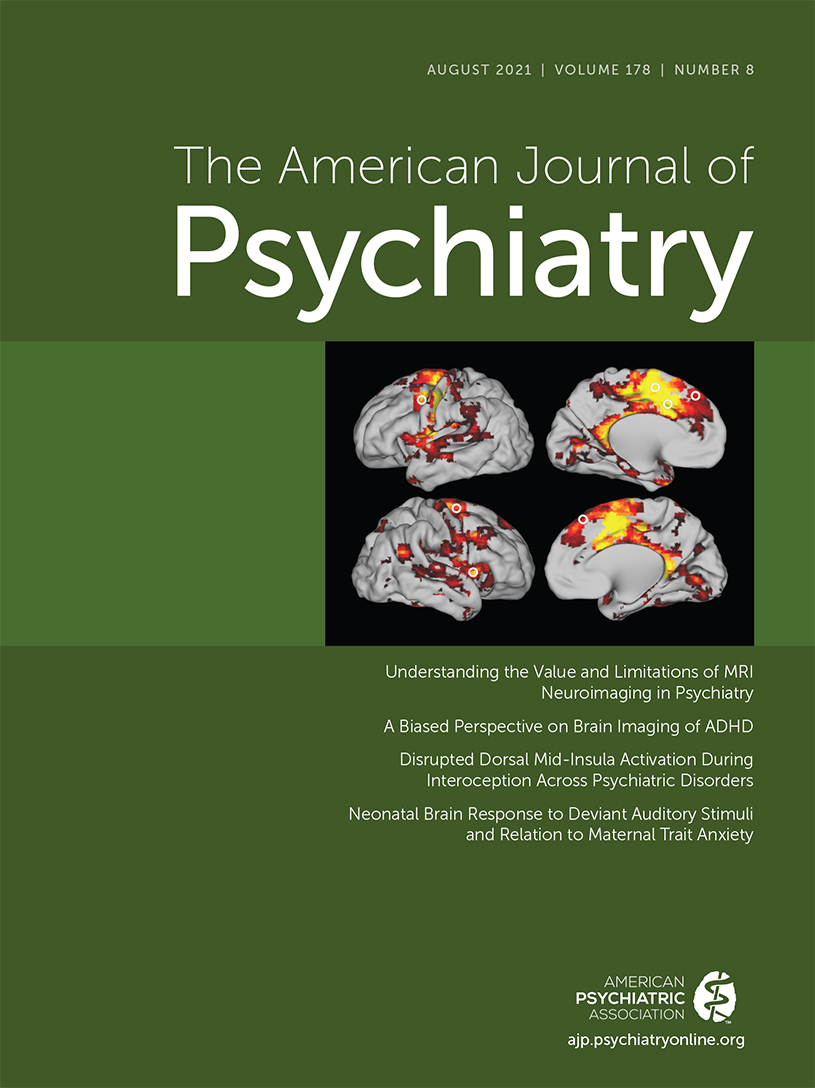Evolution, Emotion, and Episodic Engagement
Abstract
Although rodent research provides important insights into neural correlates of human psychology, new cortical areas, connections, and cognitive abilities emerged during primate evolution, including human evolution. Comparison of human brains with those of nonhuman primates reveals two aspects of human brain evolution particularly relevant to emotional disorders: expansion of homotypical association areas and expansion of the hippocampus. Two uniquely human cognitive capacities link these phylogenetic developments with emotion: a subjective sense of participating in and reexperiencing remembered events and a limitless capacity to imagine details of future events. These abilities provided evolving humans with selective advantages, but they also created proclivities for emotional problems. The first capacity evokes the “reliving” of past events in the “here-and-now,” accompanied by emotional responses that occurred during memory encoding. It contributes to risk for stress-related syndromes, such as posttraumatic stress disorder. The second capacity, an ability to imagine future events without temporal limitations, facilitates flexible, goal-related behavior by drawing on and creating a uniquely rich array of mental representations. It promotes goal achievement and reduces errors, but the mental construction of future events also contributes to developmental aspects of anxiety and mood disorders. With maturation of homotypical association areas, the concrete concerns of childhood expand to encompass the abstract apprehensions of adolescence and adulthood. These cognitive capacities and their dysfunction are amenable to a research agenda that melds experimental therapeutic interventions, cognitive neuropsychology, and developmental psychology in both humans and nonhuman primates.



